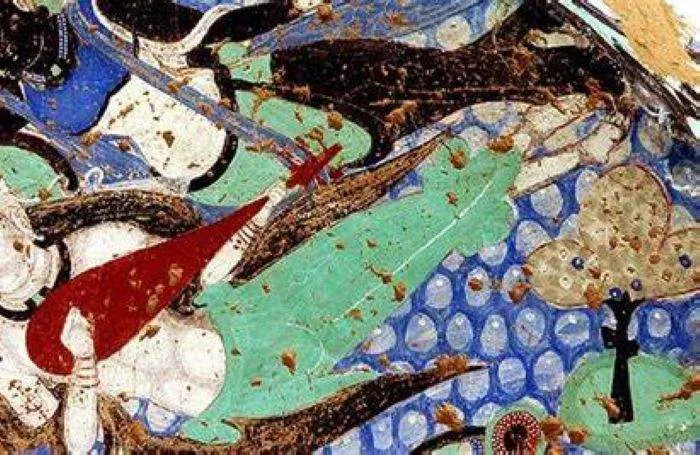BAICHENG, Xinjiang – When Yang Jie, honorary chairman of Henan Calligraphers Association, dipped her brush into ink last week, she wasn’t just creating art – she was weaving together the soul of Baicheng’s landscapes with centuries-old techniques. This remote county in Xinjiang became the unlikely stage for a transnational cultural dialogue as artists from mainland China, Taiwan, and Australia gathered for a groundbreaking creative symposium.
Where Brushstrokes Meet Canyon Walls
The artists’ works pulsate with local textures – the ochre hues of Kezier Red Stone Forest bleeding into cursive scripts, the dancing flames of Lieyan Spring captured through splashed-ink techniques. At the Kezier Thousand Buddha Caves, painters employed mineral pigments matching the original Buddhist murals’ palette, creating a tangible bridge between contemporary art and ancient heritage.
Cavalry Inspires Creativity
Among the most poignant works emerged from Laohutai Cavalry Company’s legacy. Artist Li Xiuhua transformed soldiers’ stories into a 6-meter scroll combining horsehair brushwork with Kazakh embroidery patterns. “These aren’t just landscapes,” she explained, “but living chronicles of Silk Road guardians.”
Youth Engagement Through Ink
Chen Li, vice-chairman of Xinjiang Calligraphers Association, conducted workshops where Uyghur teenagers practiced Chinese calligraphy using tamarisk twigs. “The desert’s writing implements meeting classical art forms – this is cultural exchange in action,” Chen observed. The sessions yielded surprising fusion pieces now displayed at Baicheng Cultural Center.
Strategic Cultural Tourism
Zhong Lin, deputy county mayor, revealed plans to develop art residency programs along the Wusun Ancient Trail. Chen Shengli of Zhongyuan Media Group announced an annual international art festival, stating: “Baicheng will become Xinjiang’s open-air gallery, where every cliff face and hot spring inspires masterpieces.”
The event’s true success lies in its legacy – 47 original works donated to local schools, and a new “Art Trek” tourism route launching this autumn. As Australian calligrapher Wu Xiaoyun noted: “We didn’t just visit Baicheng; we’ve become its storytellers.”
Related Topic:
- Morocco: A Tapestry of North African Wonders
- Australian Tourism Industry Rides China’s Visa-Free Wave
- 2025 Chinese Opera Festival Debuts in Vienna with Stunning Wu Opera Performance

